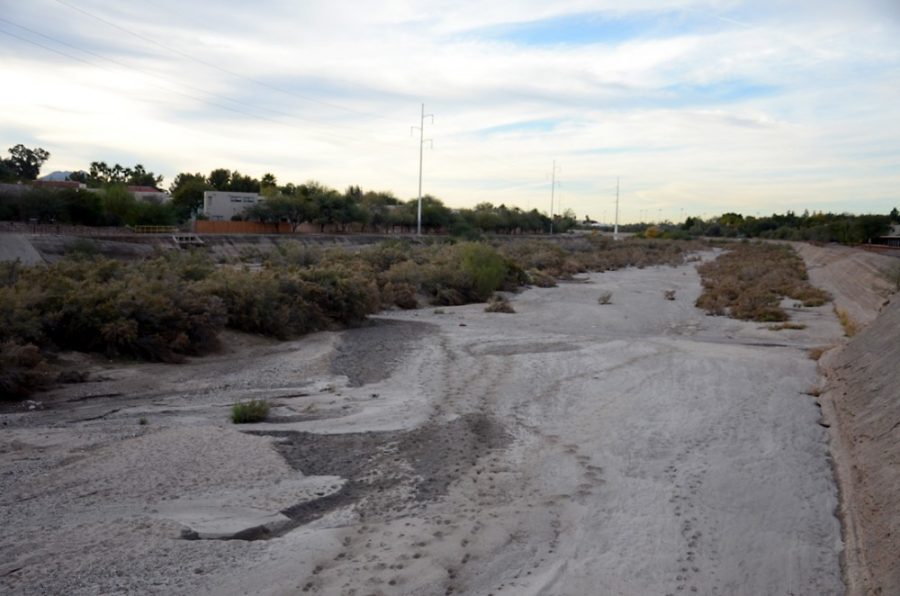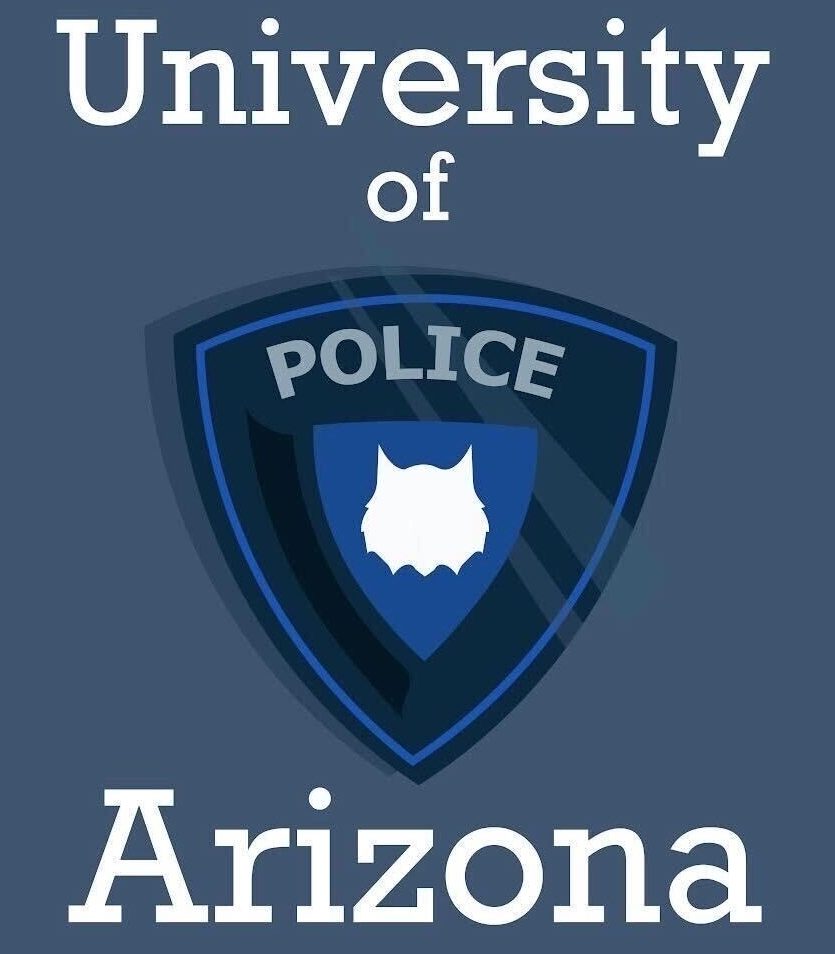The Center for Climate Change Adaptation Science and Solutions at the UA is fighting for more education to find a solution to man-made climate change.
The National Climate Assessment conducted in 2014 was a collaboration with the U.S. Global Change Research Program. According to the National Climate Assessment website, which houses the digital version of the assessment, it “summarizes the impacts of climate change on the United States, now and in the future.”
According to the NCA, the Southwest is the hottest and driest region in the U.S., meaning that climate change poses an especially difficult challenge for Southern Arizona because of its propensity to become hotter and drier.
Francina Dominguez, an assistant professor in the Atmospheric Sciences department at the UA, said that not everyone is versed in climate change terminology. In an email, Dominguez said that climate change is a broad term to encompass any and all changes in the climate — whether they are natural or human-caused.
“When people talk about ‘climate change,’ they are generally referring to increases in global temperature due to human emissions of greenhouse gases,” Dominguez said.
Dominguez added that climate change is an important issue because as humans change the composition of the atmosphere, many problems begin to appear, including changes in global temperature.
According to the CCASS website, its mission is to help find a solution to man-made climate change by supporting global change management choices, and to link scientists, managers and decision-makers together to create an environment key to solving the issue.
CCASS plans to use integrated adaptation services and tools to support its research, according to its website. It is placed at the UA because the university has opportunities for the group to provide support to decision makers in public and private sectors, allowing both to connect and work faster toward understanding climate change and its management practices.
“The National Climate Assessment was a comprehensive compilation of our understanding of climate changes that was recently published by the White House,” Dominguez said. “They are in the process of implementing the Climate Action Plan that includes many different efforts to reduce emissions.”
According to the NCA, some of the main issues the Southwest faces because of climate changes include threats to agriculture, increased chances of wildfire and heat-related threats to health.
The CCASS plans to provide opportunities to build and leverage from existing projects and resources concerning adaptations. It strengthens and links current centers located throughout the UA campus with a variety of activities, with the purpose of building relationships and other services.
Dominguez said the responsibility to work toward understanding and stopping man-made climate change lies “at every level, but perhaps more importantly at the level of individual people that make important choices in terms of their personal consumption (cars, places where they live, food they eat) and also with the people they choose to lead them via the electoral process.”
_______________
Follow Chastity Laskey on Twitter.









